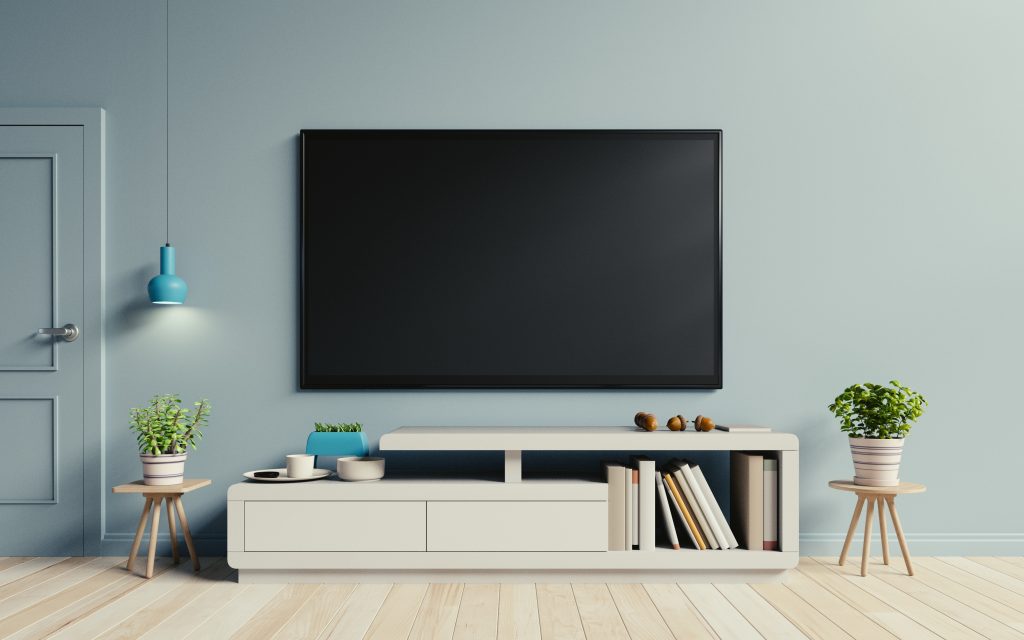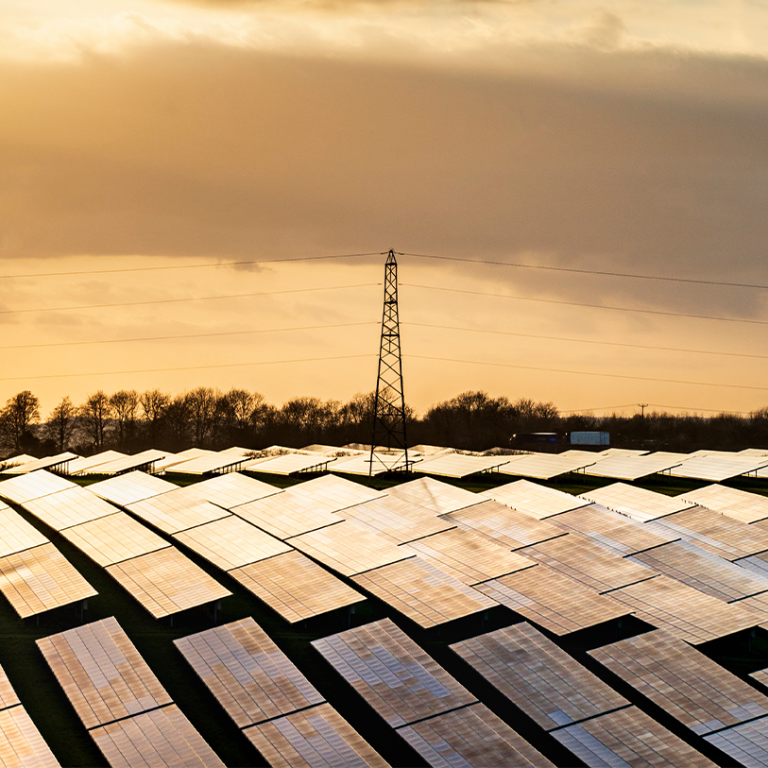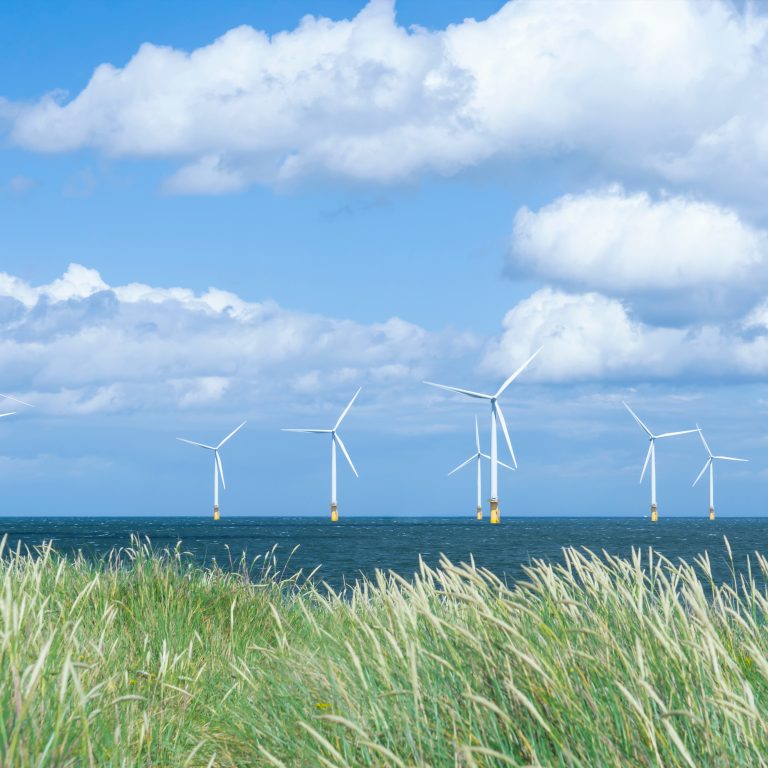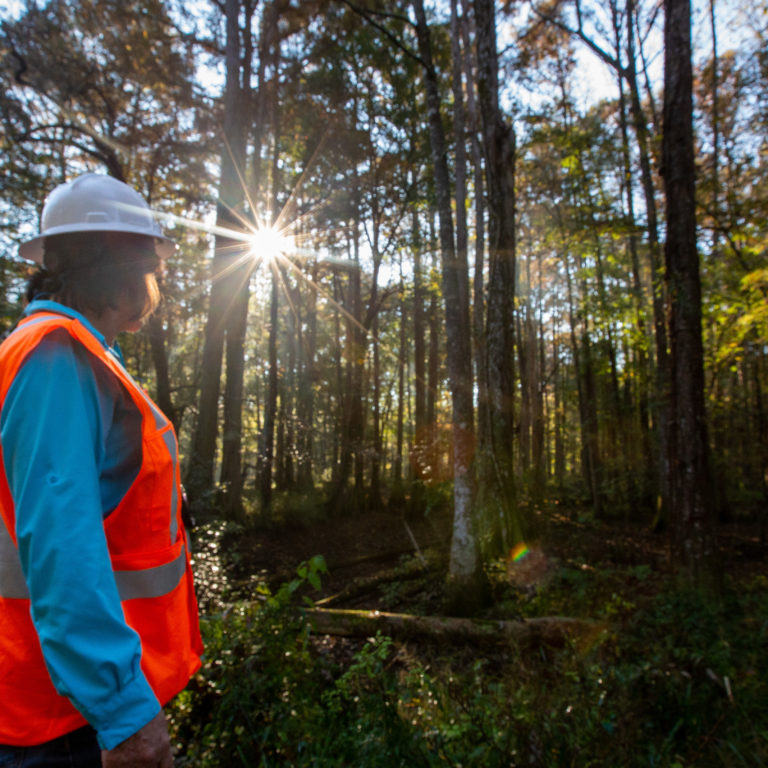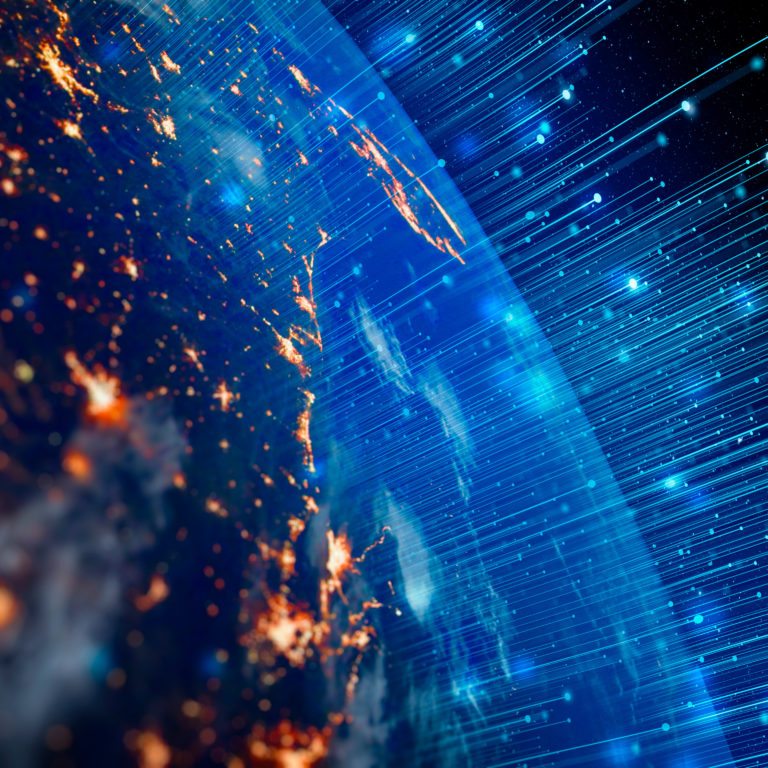When Texas Instruments set about attempting to create the world’s first handheld calculator in the early sixties, it estimated that such a complicated device might require a battery as big and powerful as a car’s.
With some innovative thinking, the team were eventually able to power the device with just a five-volt battery, turning the calculator into a truly handheld device and kickstarting an electronics efficiency revolution. Continuous advances in the space mean that today’s super-powered smartphones run on more efficient, powerful – and smaller – sources than ever before.
But as more of our devices become ‘smart’ and grow in usage, their electricity demand is also increasing. On the other hand, many bigger objects that traditionally have used a lot of power are becoming more efficient and consuming less electricity than before.
The small devices eating up electricity
Think of the most electricity-intensive appliance in a home. Something constantly running like a fridge-freezer might come to mind – or something intensive that operates in short blasts like a hairdryer or kettle.
However, a surprising drain of electricity in homes is TV set-top boxes and consoles, which as recently as 2016 were reported to account for as much as half of all electricity usage by domestic electronics. This is because of how often they are left in standby mode, which means they are constantly using a small amount of electricity.
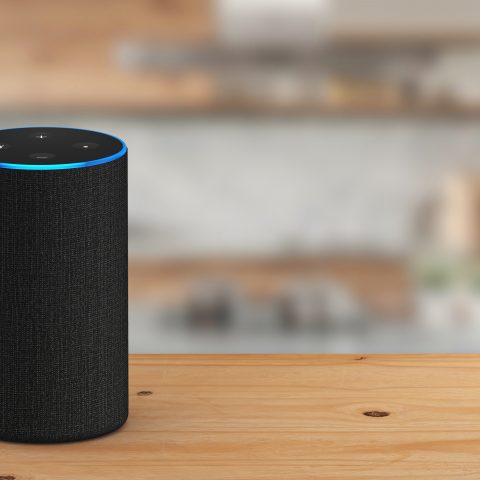
In 1999 the International Energy Agency (IEA) introduced the One Watt Initiative, which led to the electricity consumption of many devices on standby falling from around five watts to below one watt. And while this has helped reduce standby or ‘vampire power’, multiplied across the country – the electricity consumption becomes significant (in the UK there are an estimated 27 million TVs).
This is not just a TV-specific problem, however, it is symptomatic of many of the modern devices increasingly found in our homes, from smart lightbulbs to Amazon’s Alexa. These are constantly using small amounts of electricity, listening and connecting to the cloud even when not being directly used.
In 2014 the IEA estimated that by 2020 these networked-devices could result in $120 billion in wasted electricity. Adding to this is the increasing demand of the cloud and data storage, which has been estimated could account for 20% of the world’s electricity consumption by 2025.
Previous alarm bells surrounding the bitcoin network’s electricity usage highlights that it’s not just physical, connected objects that will put increasing pressure on electricity supply, but also entirely digital products.
Yet even as little things become smarter and require more electricity, some big things that have previously consumed huge amounts of electricity are becoming more efficient.
The big things becoming more efficient
Buildings are a big source of electricity demand globally. Office blocks full of lights and blasting heating and air-conditioning units are among the main offenders, but poorly insulated homes that leak heat also have a significant impact.
Efforts are constantly being undertaken to reduce this via technological means such as companies generating their own electricity onsite from installed renewables. But cutting interstitial demand to a minimum doesn’t always have to be hi-tech.
The Bullitt Centre in Seattle is a 50,000 ft2office aiming to be ‘the greenest commercial building in the world’. This is achieved in part through a rooftop solar array that allows the building to generate more electricity than it consumes, but is complimented by more straightforward steps such as maximising natural light and ventilation, collecting rainwater, and the use of geothermal heat pumps. On average the building consumes 230,000 kilowatt-hours (KWh)/year compared to the average of 1,077,000 KWh/year for Seattle offices.

Retrofitting can also make notable reductions to energy usage and New York art-deco icon, the Empire State Building, has been updated to consume 40% less electricity. This is largely thanks to straightforward renovations such as ensuring windows open properly and temperatures can be easily controlled.
Energy efficiency is even extending beyond the confines of the planet. The International Space station only consumes about 90 kW to run, which comes from a solar array stretching more than 2,400m2. When its solar panels are operational about 60% of their generation is used to refill batteries for when the station is in the Earth’s shadow.
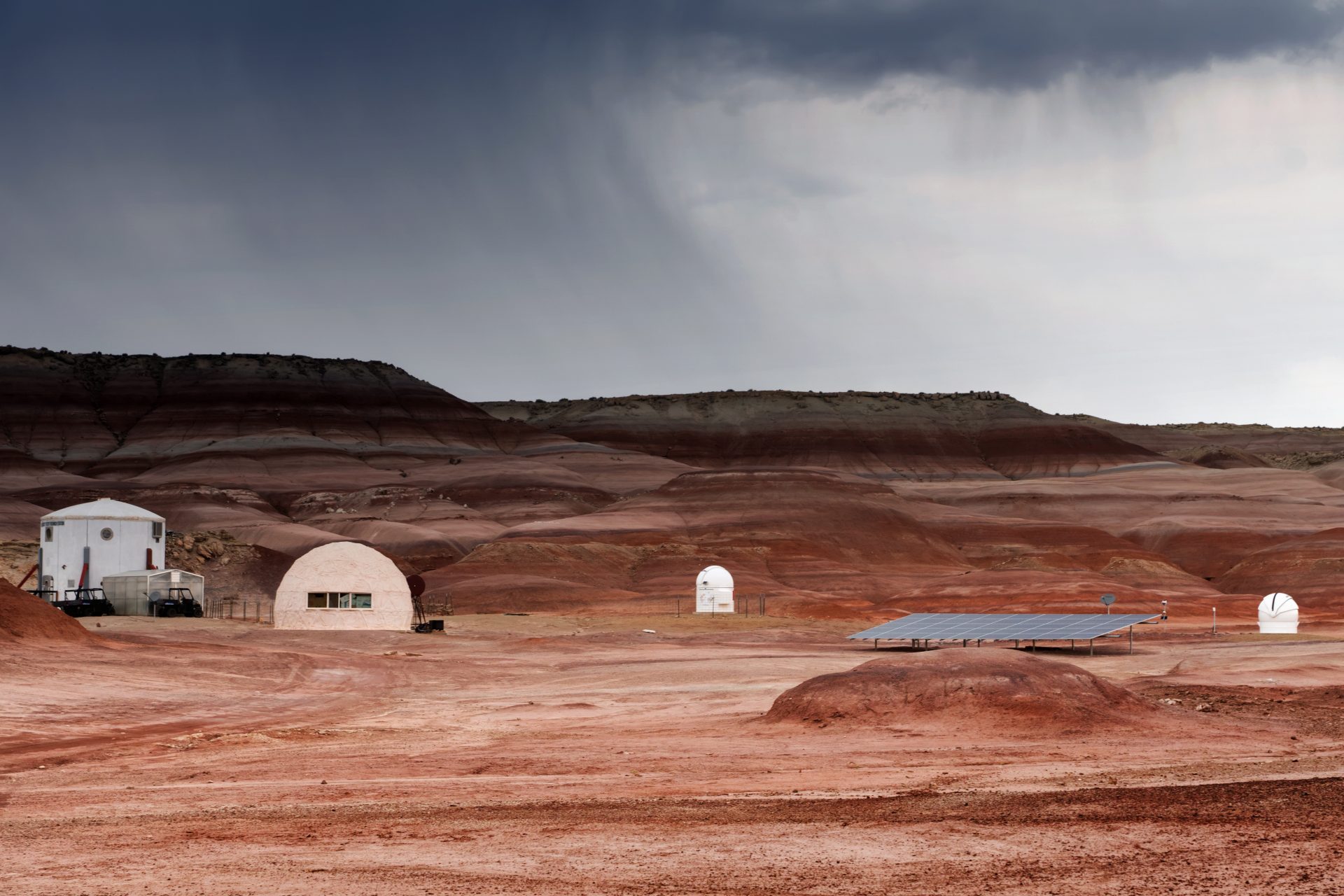
The Mars Desert Research Station (MDRS) in Utah
Technology like this will be essential if humans are going to put buildings on other planets where we will not have vast electricity generation and transmission systems we enjoy on earth. And if that is the ambition, continuously striving for ever more efficient devices on a smarter power grid is only going to help progress us further.








